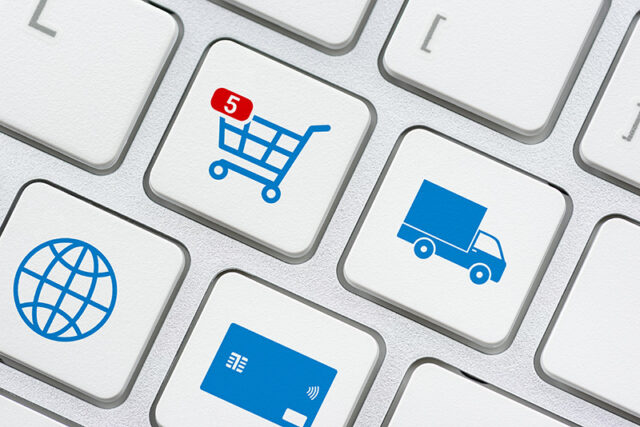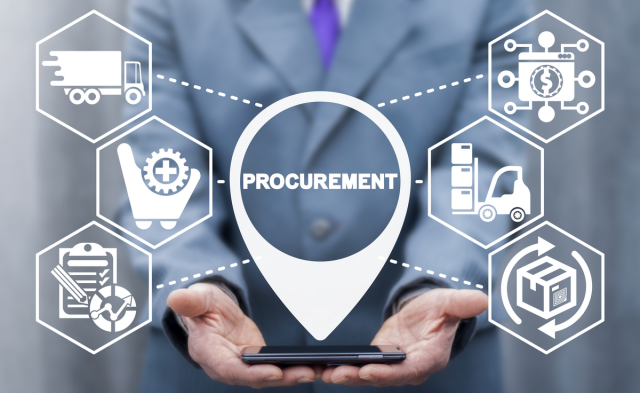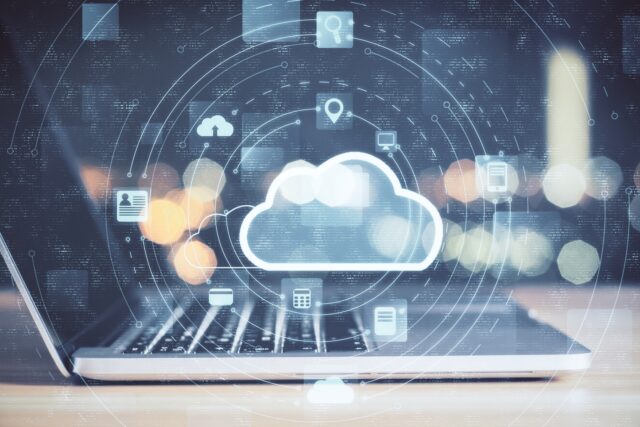
The last 18 months were a time of immense uncertainty for B2B procurement professionals and the businesses that employ them. COVID–19 disrupted supply chains across the world. Companies teetered on the brink of failure, not only because the economic slump reduced spending but also because they struggled to source materials essential to production.
A transformation of the old system was inevitable as businesses up and down the supply chain, from manufacturing to retail adapted to the changes going on around them. The global supply chain had been disrupted in ways businesses could not have prepared for. No amount of risk management planning can account for how a global pandemic will impact day-to-day operations.
The weaknesses of the systems and relationships became all too apparent in 2024. Procurement trends in 2024 are primarily focused on the pandemic’s fallout and on building systems and relationships with the resilience to adapt to uncertain times.
Recent events made procurement digitization a priority for B2B sellers and buyers. B2B seller eCommerce adoption rose over the last year as changing work patterns made in-person sales impossible and buyer preferences shifted sharply to self-serve options. For buyers, eProcurement systems—which digitize procurement processes that include purchasing, inventory management, and spend analytics—became critical to effective procurement and supplier relationship management.
Buyer eProcurement and seller eCommerce integration is one consequence of increasing procurement digitization. EProcurement integration enables various procurement automation, including punchout catalogs, purchase order automation, and electronic invoicing (eInvoicing). These capabilities support modern procurement trends in several different ways.
1. Building Strong Supplier Relationships

B2B suppliers who relied on traditional sales processes were severely disrupted when they sent staff home, and in-person sales became impossible. Smaller suppliers were hit hardest, but the damage traveled up the supply chain as buyers struggled to source products and services. The effects were felt almost immediately as sales channels dried up. Even the phone became unreliable as there wasn’t always a person on the other end available to answer it. The pandemic highlighted all the areas where having a person do the work was vital and where it was a liability.
EProcurement integration helps buyers to build more robust and longer-lasting supplier relationships.
For example, electronic invoicing, which automates invoice delivery to buyer eProcurement platforms, helps at-risk suppliers to get paid more quickly. Cash flow can be critical to a supplier’s survival, and eInvoicing reduces invoicing and payment delays. That’s good for suppliers, but it’s also good for buyers, who benefit from predictable supply chains.
As Ian Thompson of a procurement solutions provider, Invula wrote: ”Failure of key suppliers could prevent organizations from delivering the products and services they need to customers, so they must provide transparency into when suppliers will be paid, and pay them on time to give them a fighting chance to survive.”
2. Increased Focus on Strategic Procurement

Cost reduction is often a Chief Procurement Officer’s (CPO) primary target. Procurement may be a business’s most considerable expense, and they can make significant cost savings by increasing procurement efficiency. Cost efficiency is the motivation for eProcurement adoption in many businesses; eProcurement platforms centralize procurement data and provide insight into how money is spent. The result is often an effort to consolidate spending, reduce the number of suppliers, and take advantage of bulk-buy discounts.
But B2B buyers must balance cost with supply chain resilience in the modern procurement environment. Procurement is a strategic business function; its reliability directly affects the business’s productivity and revenue. Excessive consolidation can create brittle supply chains that respond poorly to black swan events like the coronavirus pandemic.
Read on to see how EProcurement automation can make a significant contribution to strategic procurement goals. As a recent report from international consultancy and outsourcing company Capgemini makes clear, procurement digitization’s goal is to have “the right people performing the right tasks supported by the right systems.”
With punchout catalogs, procurement professionals and other employees can quickly find approved buyers within their eProcurement platform. Because buyer and seller platforms are integrated and accessed via user-friendly interfaces, the practicalities of ordering, approvals, and invoicing are standardized. It’s straightforward to locate an approved supplier and place an order, allowing businesses to adapt quickly to supply chain disruption.
3. The Rise of the Cloud Integration Platform as a Service

We’ve focused on how eProcurement integration helps businesses to build robust supplier relationships and achieve strategic procurement goals. But integration itself poses challenges. It is not straightforward to integrate suppliers who may use dozens of different eCommerce platforms with incompatible APIs and data protocols. Once, this was enough to limit integration to top-line suppliers. But today’s B2B buyers can leverage cloud integration platforms that make it straightforward to integrate any eCommerce store with their eProcurement platform.
A cloud integration platform connects to the seller’s eCommerce store and the buyer’s eProcurement platform. It translates data as it flows between platforms, making it straightforward to integrate any buyer with your eProcurement platform to enable the automation features we’ve discussed in this article, including punchout catalogs, purchase order automation, and electronic invoicing.
The Capgemini report quoted earlier observes that “companies who can master the art of procurement are benefitting from faster order cycle times, higher process efficiencies, larger bottom-line savings, and lower overall costs.” In 2024, eProcurement integration and automation help buyers master procurement in a rapidly evolving landscape while achieving their strategic procurement goals.







